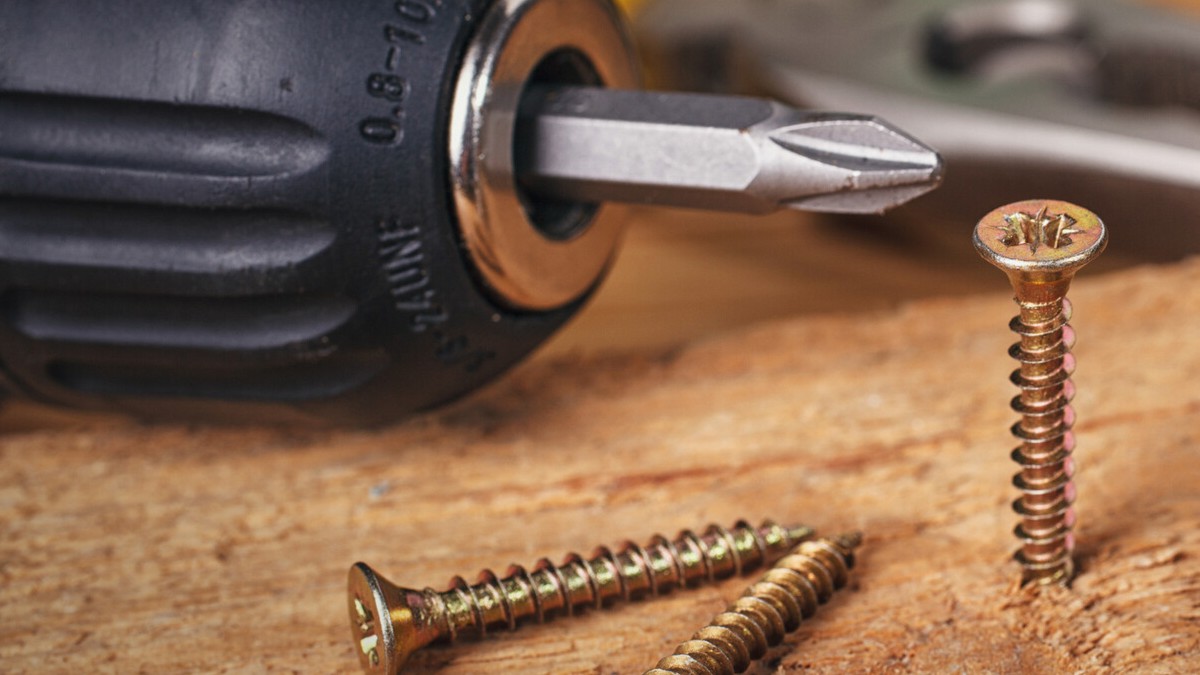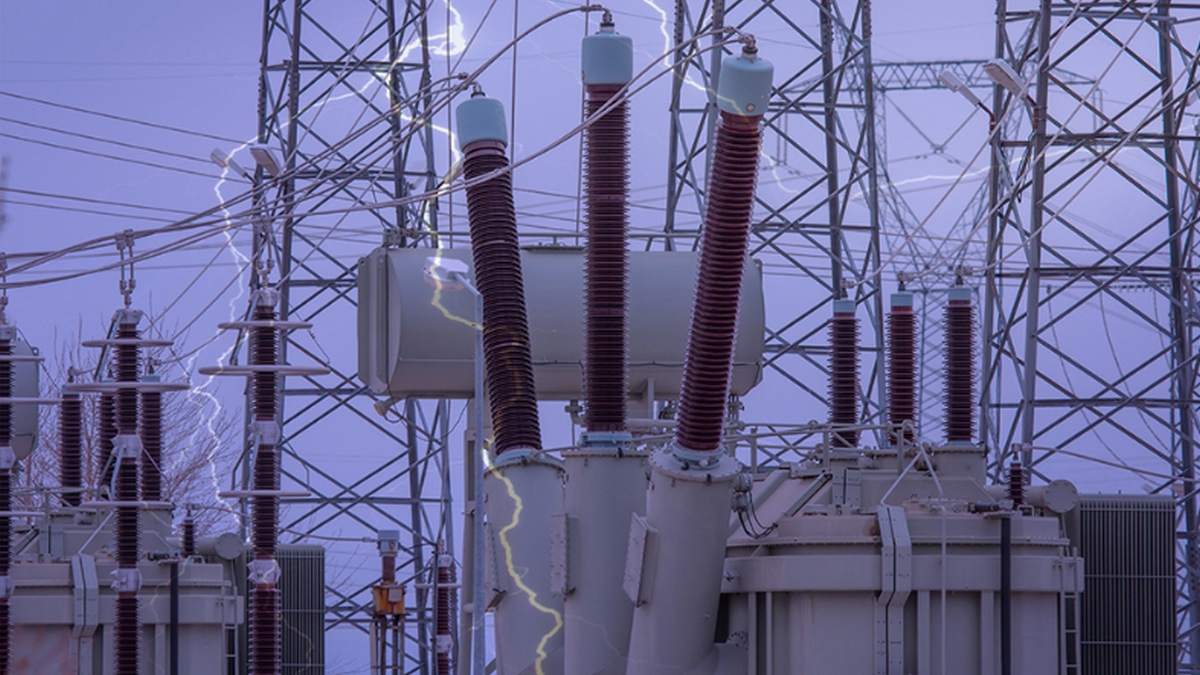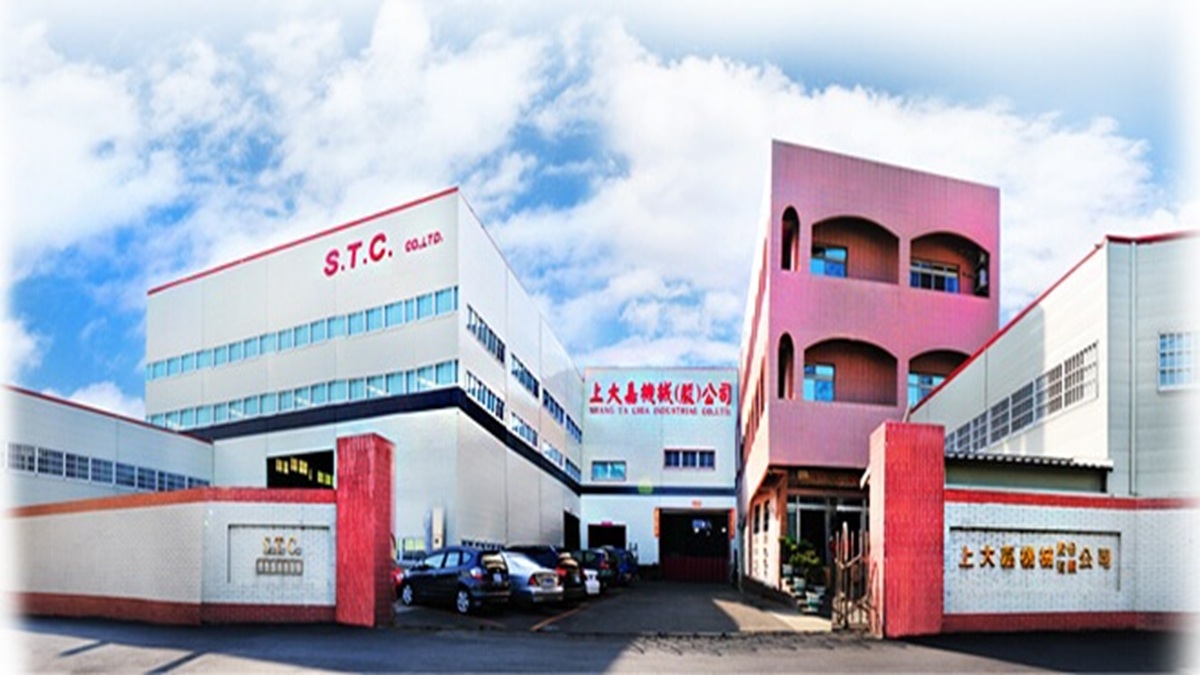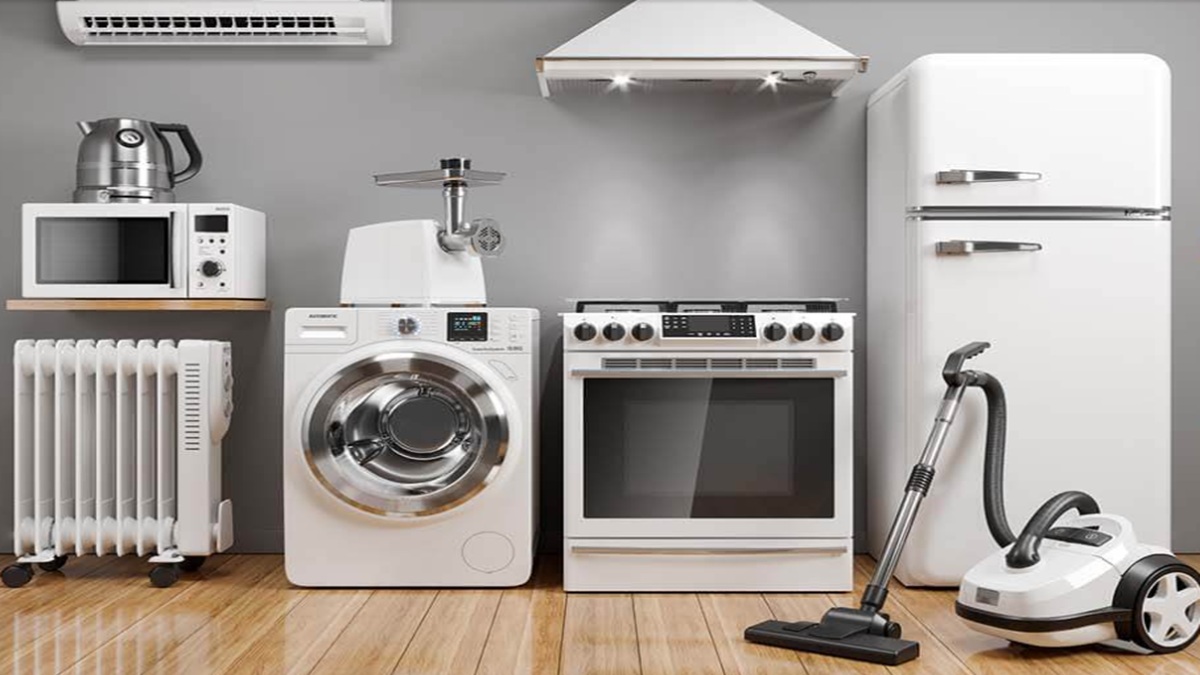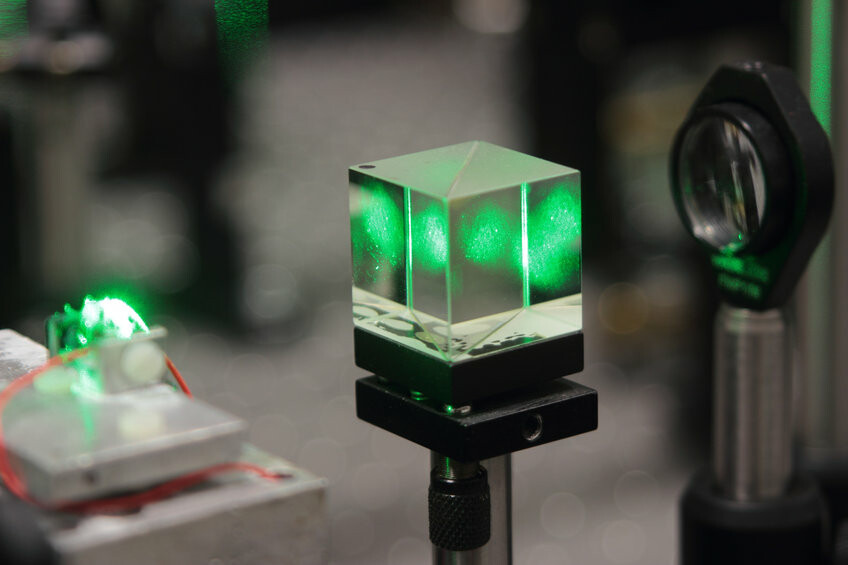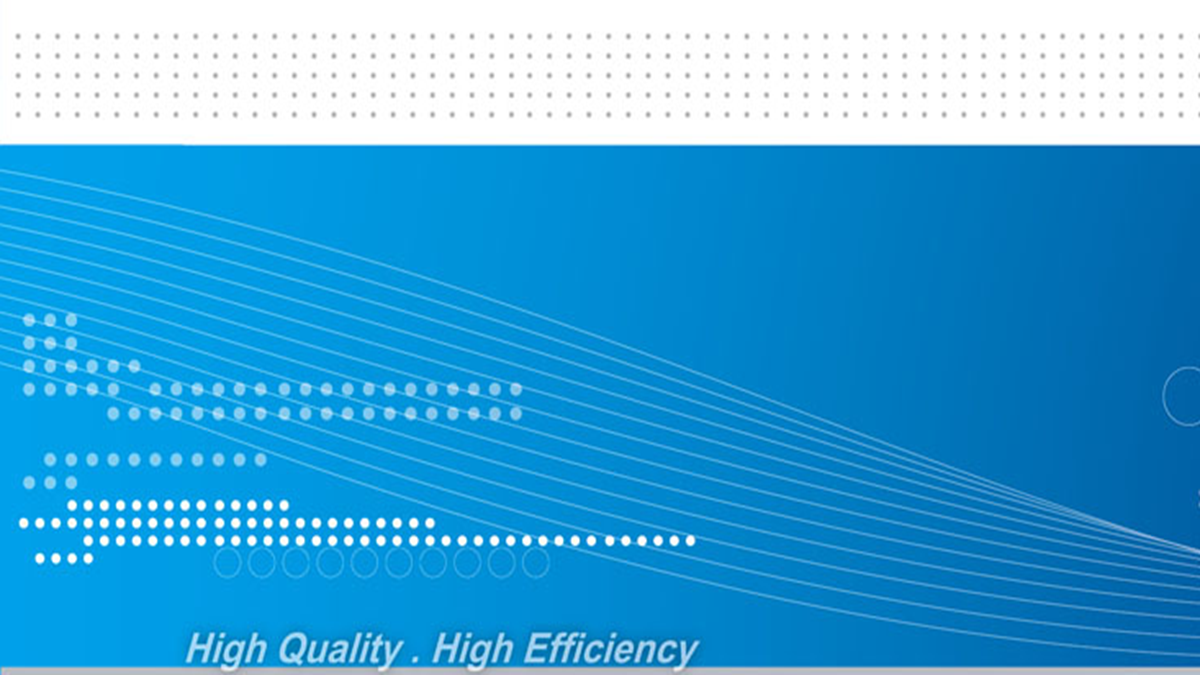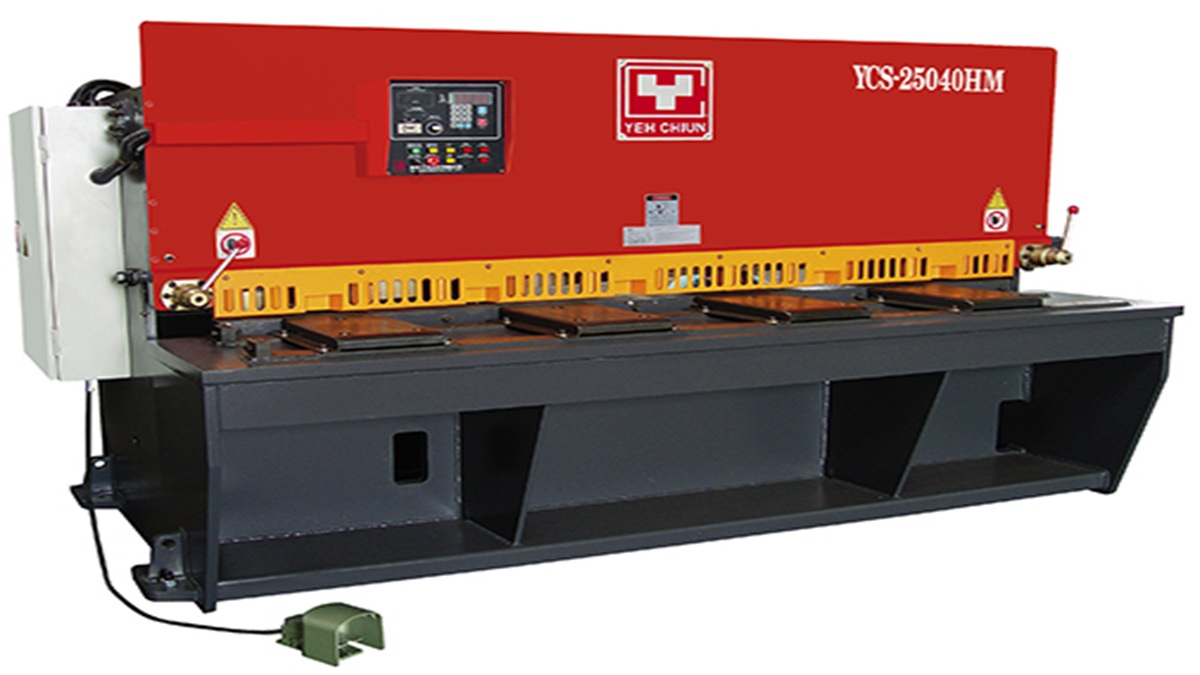The Tiny Screw That Holds Up a Massive World. In our daily lives, screws are everywhere. Because they are lightweight and seemingly insignificant, they’re often overlooked. Yet, they are one of the most essential components of modern engineering and everyday life. A single screw can determine the integrity of an entire bridge or aircraft. This article sheds light on how this small but mighty hero—the screw—supports modern industry.
Why Screws Matter So Much
Screws can securely fasten two or more components because their threads convert torque into clamping force, tightly pulling the joined parts together. Additionally, the sloped design of the threads provides shear resistance, preventing the screw from loosening under lateral forces.
Compared to nails or pins, screws have distinct advantages: they’re removable, reusable, and allow precise torque control. These features make them indispensable in both construction and mechanical design.
When a Single Screw Fails, Disaster May Follow
Screw failure isn’t just a minor fix—it can have catastrophic consequences. In construction, a stripped or broken screw can compromise an entire building. In vehicles, a failed screw could cause serious accidents. On bridges, loose screws can weaken resistance to wind and earthquakes.
To prevent failure, manufacturers apply rigorous testing:
Precision torque checks:
Each screw must be tightened within a precise torque range—neither too loose nor too tight.
Vibration tests:
Simulate long-term vibration to ensure screws stay in place under continuous stress.
Corrosion resistance:
Salt spray tests verify protective coatings for harsh outdoor or coastal environments.
The Tug-of-War Between Cost and Performance
Choosing the right screw is a strategic balancing act. Stronger, corrosion-resistant screws tend to cost more—significantly impacting budgets in large-scale projects. On the other hand, using lower-grade standard screws may save costs but shorten product lifespan or sacrifice critical functions.
An experienced supplier must help clients strike a balance: durable enough, without being wastefully overbuilt.
Screw selection isn’t just about length or size. Expert engineers and buyers consider material compatibility, torque requirements, installation methods, and environmental conditions. Companies like Fong Prean go beyond product supply—they act as technical consultants, helping customers optimize specifications for both cost and performance.
From Simple Hardware to High-Precision Components
Think a screw is just a basic fastener? Think again. Today’s screws are often high-tech, patent-protected components.
Take Fong Prean’s innovations for example:
MS Reamer Screws:
With a cutting tip that drills and fastens in one go, reducing cracks.
MS Head Series:
Hidden design enhances strength and aesthetics.
Twister Series:
Dual-thread design, ideal for drywall and light steel structures.
Modern screws emphasize not only strength and safety, but also installation speed, visual appeal, and environmental compatibility. They may incorporate stainless steel, aluminum alloys, or copper, along with specialized coatings for anti-rust, matte finish, or fire resistance.
Sustainability Begins With a Screw
Screws and sustainability may seem unrelated, but they’re deeply connected. Modern manufacturers like Fong Prean actively integrate green practices into production.
For example:
Solar panels
Rooftop systems generate clean power, offsetting hundreds of tons of carbon emissions annually.
Material recycling:
Scrap materials are reused to reduce demand for new steel.
Eco-friendly plating:
Hexavalent chromium is replaced with safer, non-toxic alternatives.
Beyond the factory, a high-quality screw extends product life, reducing the need for repairs or replacements—saving resources and labor. In construction and machinery, this translates to greater efficiency and less waste.
The World’s Most Silent Guardian
Screws don’t glow, don’t contain chips, and are never featured in flashy ads. But they may be the most silent—and most trustworthy—guardians of our world. Their design reflects the pinnacle of practical engineering. Their presence ensures structural stability.
We often take them for granted precisely because they work so reliably. So next time you see a bridge, an airplane, a medical device—or even just your home furniture—remember: somewhere, a tiny, invisible screw is quietly holding it all together.


